Indigenous Governance Database
sustainable development
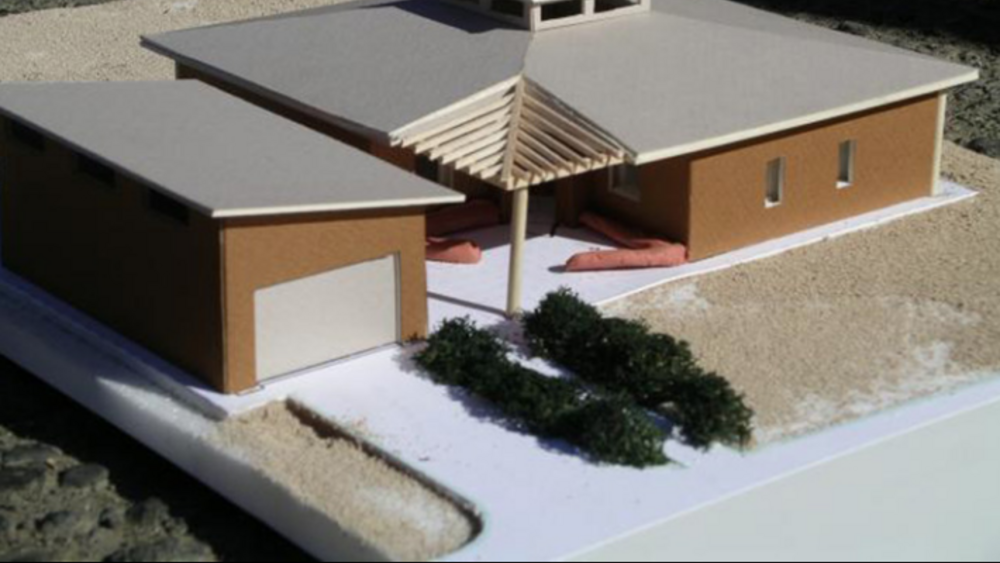
Building better homes in Indian Country
There's no other house like it on the Oglala Sioux's 2 million-acre Pine Ridge Reservation: Its walls are insulated by 18-inch strawbales rather than plastic sheeting, and its radiant-floor heating is much cheaper than the typical propane or electric. A frost-protected shallow foundation inhibits…
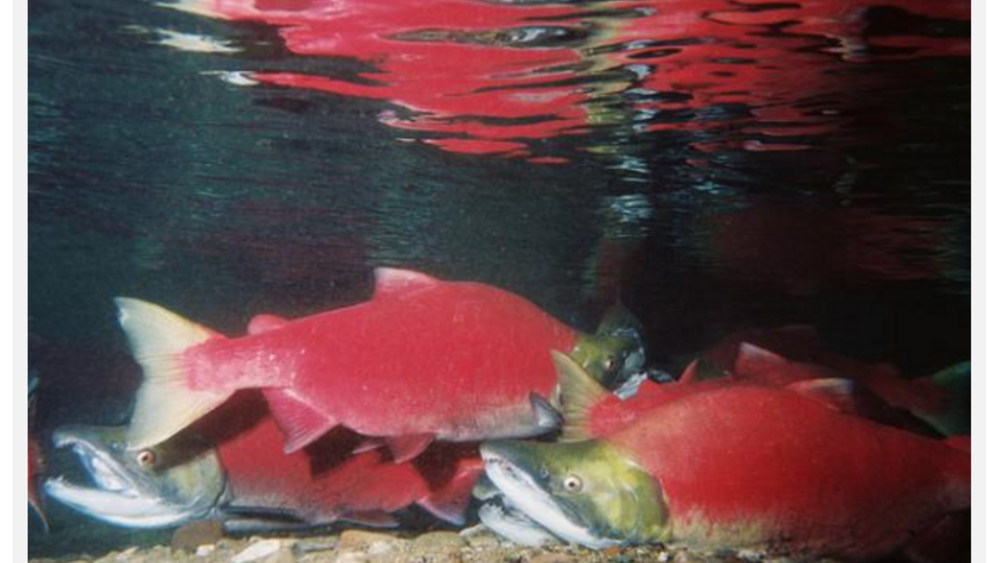
Fisheries Are the Lifeblood of the Nez Perce Economy
The Nez Perce Tribe has the second largest economic impact in North Central Idaho and is the third largest employer in the region. The massive fisheries program which employs upwards of 180 people is a major contributor to those statistics. Fish have always been vital to the tribe. Salmon in…

No Tribes Left Behind: A Smarter Plan for Economic Development
Many Americans have never been to a Native American reservation. They’re often geographically isolated and underdeveloped, perpetually left off the various lists of tourism destinations. With sparse and scattered populations, tribal governments have faced many obstacles in exploring economic…
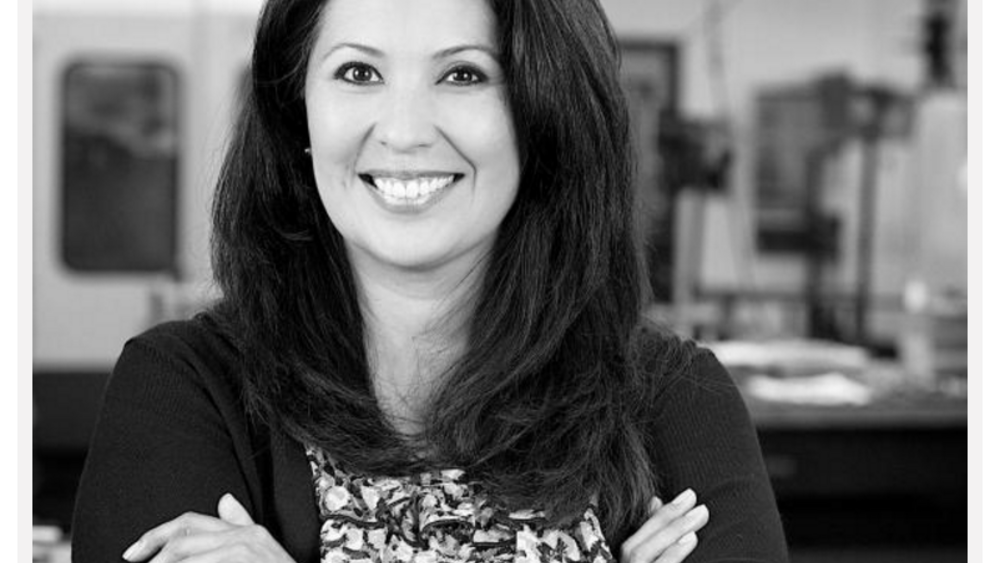
Tribal Solutions: Small Native-Owned Business Expands, Seeks Indian Country Partners
Francella Giatrakis knew from the very beginning of her work life not only that she wanted to own her own business one day, but also that she wanted it to enable her to help Indian communities develop sustainable economies. Recently, her dream came true. Last year Giatrakis, a citizen of the Pueblo…
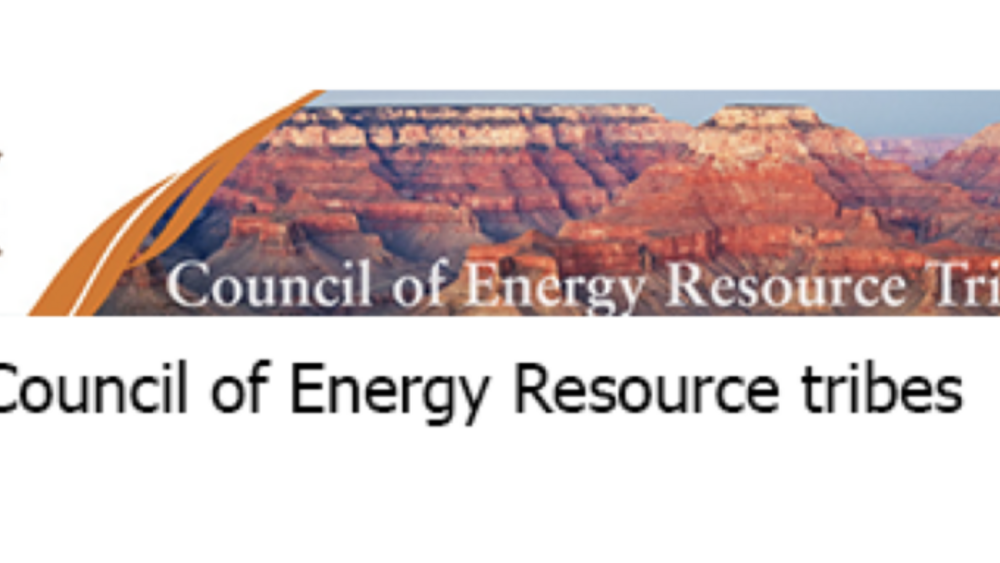
Council of Energy Resource Tribes Enters $3 Billion Biofuels and Bioenergy Agreement
The Council of Energy Resource Tribes (CERT), an Inter-Tribal organization comprised of 54 U.S. tribes and four First Nation Treaty Tribes of Canada, has entered into a long-term development agreement for up to $3 billion in biofuels and bioenergy projects, states a CERT press release...

White Earth and Tsleil-Waututh Nations Partner on Community Wind Power
Two tribes, from different sides of the 49th Parallel, are reuniting Turtle Island with a business deal. A First Nations—owned company in British Columbia will supply wind power to the White Earth Community Service Center in Naytahwaush and to the Ojibwa Building Supplies facility in Waubun, the U.…
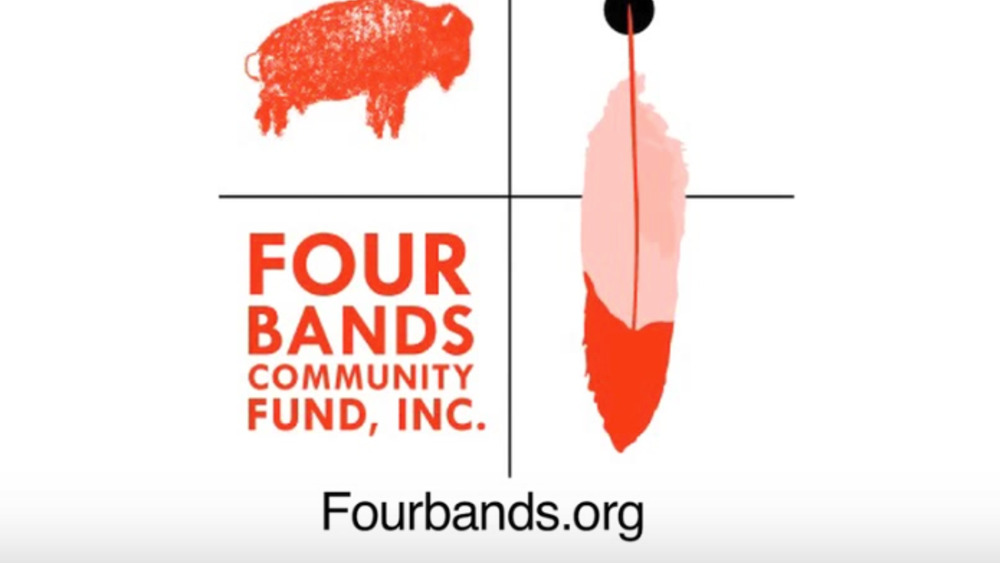
Four Bands Community Fund
As a nonprofit organization and a Native community development financial institution (CDFI) certified by the U.S. Treasury, Four Bands Community Fund continuously strives to achieve its mission of creating economic opportunity by helping people build strong and sustainable small businesses and…
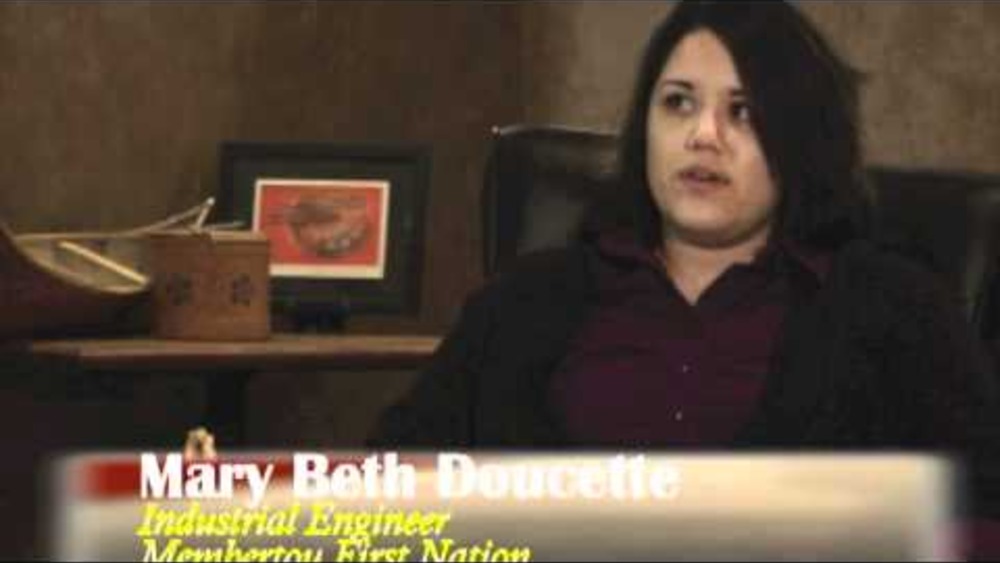
Membertou: Accountable to the Community
Leaders of Membertou First nation explain how a high level of accountability to citizens and partners has been key to its success in both governance and business.
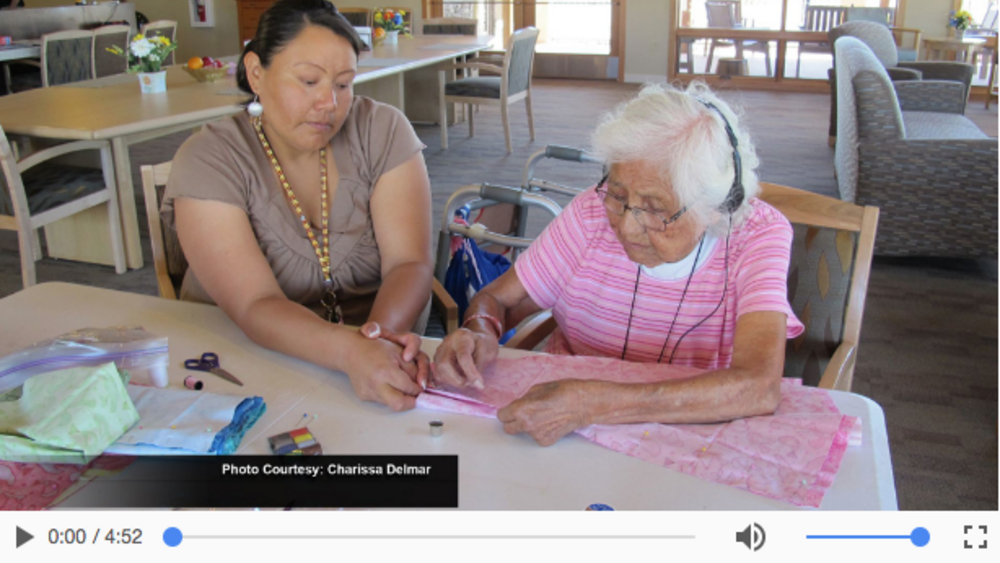
Tohoho O'odham Nation Used as Model For Tribal Governance
The Tohono O'odham Nation, which is in Southern Arizona and northern Mexico, has a tribal governance structure that other Native nations can learn from, and that's why the Native Nations Institute at the University of Arizona is featuring the tribe in some of its courses about governance. The…

Gregory Cajete: Rebuilding Sustainable Indigenous Communities: Applying Native Science
Dr. Gregory Cajete spoke as part of the "Alternative Forms of Knowledge Construction in Mathematics and Science" lecture series in Portland, Oregon which is co-sponsored by Portland State University and Portland Community College. The series features guest speakers who examine forms of mathematical…
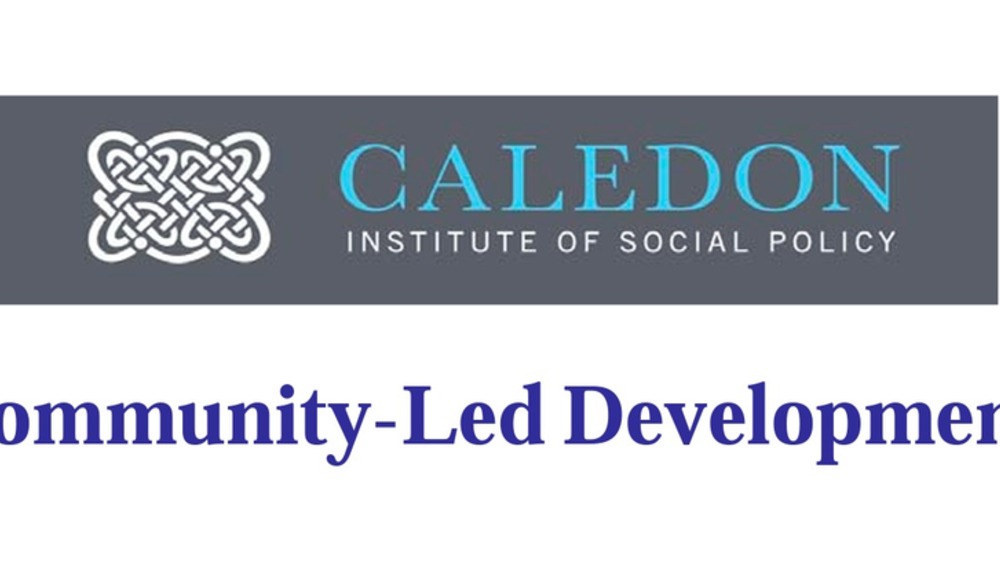
Community-Led Development
The purpose of this paper is to explore the concept and practice of community-led development. It is an approach to tackling local problems that is taking hold throughout the world. While its expression may vary depending upon the community and the specific area of focus, there are nonetheless some…
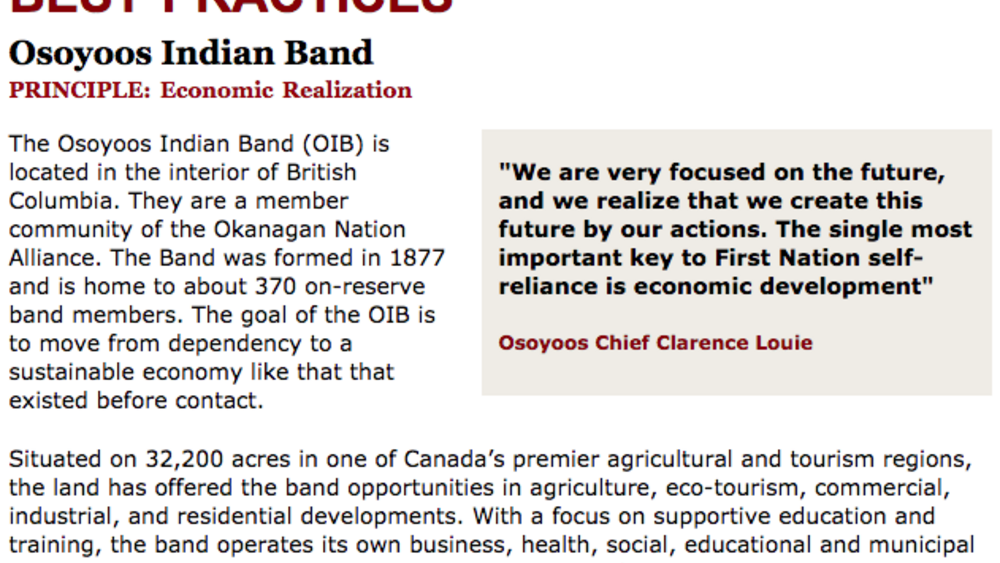
Best Practices Case Study (Economic Realization): Osoyoos Indian Band
The Osoyoos Indian Band (OIB) is located in the interior of British Columbia. They are a member community of the Okanagan Nation Alliance. The Band was formed in 1877 and is home to about 370 on-reserve band members. The goal of the OIB is to move from dependency to a sustainable economy like that…
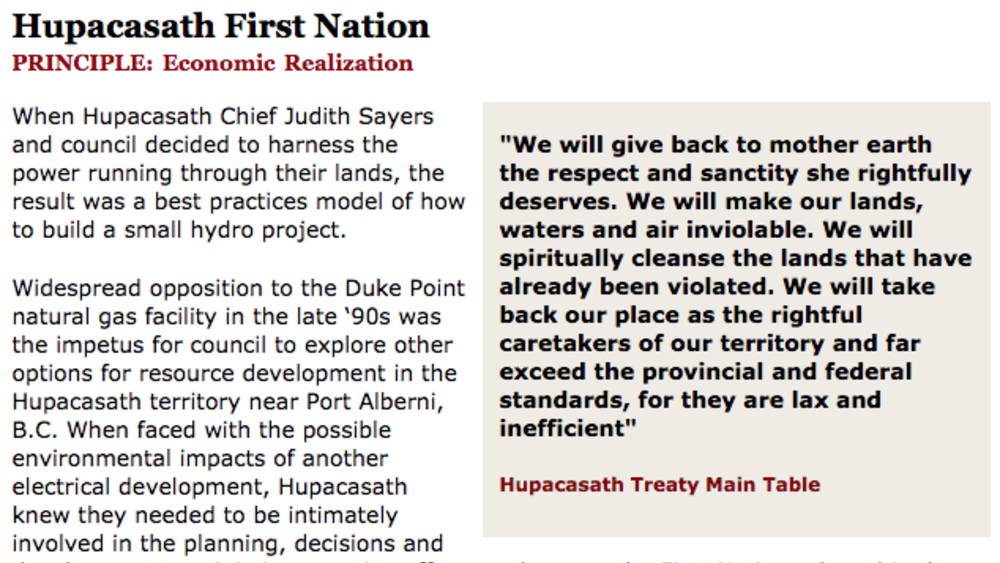
Best Practices Case Study (Economic Realization): Hupacasath First Nation
When Hupacasath Chief Judith Sayers and the council decided to harness the power running through their lands, the result was a best practices model of how to build a small hydro project. Widespread opposition to the Duke Point natural gas facility in the late '90s was the impetus for the council to…
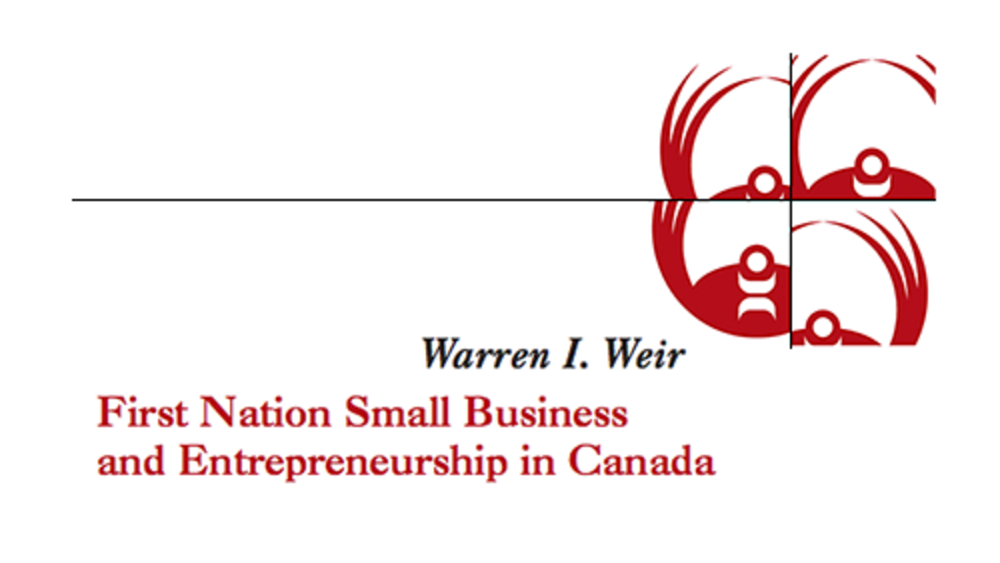
First Nation Small Business and Entrepreneurship in Canada
There are thousands of Aboriginal organizations in Canada. They are owned, managed and staffed, wholly or in part, by First Nation (status and non-status Indian), Inuit, and Métis men, women, and youth. They exist in every region in the country where they perform profit, not-for…
Pagination
- First page
- …
- 1
- 2
- …
